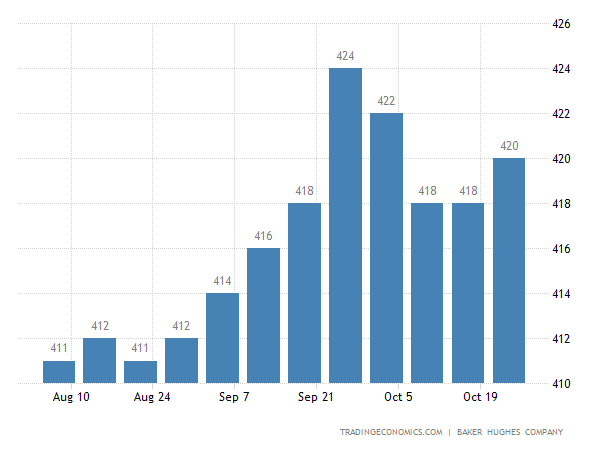Despite the relative
rise in crude oil prices in the markets in the early hours on Wednesday, the downward
trend started continuing once again as the day wears on.
As of 10:35 GMT,
the prices of WTI and Brent were at $95.62 and $99.13 respectively.
The fall in
prices on Tuesday, perhaps, may have stemmed from two factors: the revolving optimism
over the revival of the JCPOA, 2015 Iranian nuclear deal, was back in the green
realm, after Russia’s announcement that it got the written guarantee from the
US about its trade dealing within the framework of the JCPOA being exempt from the
sanctions; in addition, the API, American Petroleum Institute, reported that
there was a significant crude build in the US during the week ending March, 15.
The EIA, US Energy
Information Administration, will release its own data of the US crude oil
inventories on Wednesday. Analysts eagerly await the report to see whether the data
from the two agencies forms a consistent pattern in the current circumstances that
breed unprecedented uncertainty in the markets.
Although the
West showed its determination to keep the Russian oil away from the
international markets, they find it hard to fill the gaping holes in the supply
chains; the major producers, meanwhile, show reluctance to increase the output,
citing various reasons ranging from contractual obligations to unrealistic
logistical challenges, something that they usually blame on the under-investment
in the sector.
Moreover,
the major producers in the Middle East, especially the UAE and Saudi Arabia,
stubbornly refuse to succumb to the American pressure, not only to boost the
production, but also to isolate Russia, a fellow OPEC+ member.
The
hastily-arranged visit by the British prime minister to the region, analysts
believe, may be an attempt to make a bridge between the former allies at a very
crucial time – especially when the Middle Eastern bigwigs refuse to lift their
phones up!
The OPEC+, meanwhile,
voiced its concern over the war in Ukraine and its political fallout: the OPEC+
says the developments intensify the global inflation that in turn hurts the oil
demand – and consumption – in addition to, of course, much-needed investment.
Judging by
the rig count, the US has ramped up its oil production. It, however, is enough
the bring down the prices at the pumps, according to analysts. The US needs to
import more oil in order to keep the prices low – and affordable for the
ordinary Americans.
Analysts in
the crude oil markets have been warning against the price of crude oil going
past $100 a barrel: they were in fear of demand destruction, when the price
reached 13-year high; the latest API inventory data shows it could be real if
the prices remain above $100.
It is not rocket
science to see why that is going to be the case: when prices go through the
roof, ordinary motorists just adapt their budget by consuming low and cut down
on their travels.
In short,
the price of crude oil at the current level is neither sustainable nor desirable
by anyone, including the oil producers, because the latter have been there
before and know very well what goes up comes crashing down, while causing havoc
at many different levels in the sector; what happened in 2014 is a classic case
in point.
Russia, having
been battered by the crippling sanctions in the aftermath of the war in
Ukraine, has since offered crude oil at discounted rates to what the former
considers as ‘friendly’ nations; India has already shown it enthusiasm over the
offer and is exploring ways to bypass the US dollar as the exchange currency
for the deal.
India, the
world’s third largest consumer, will certainly use its political and economic
power in the region not to bend under the pressure from the West, citing its
own interests; India still maintains its neutrality when it comes to the war in
Ukraine and shows no signs of changing it on a whim.
Even the Western
countries that warmed to the idea of sanctions against Russia, apart from
Canada, are already feeling the pinch on the economic front due to rising
energy prices.
If the real
concerns are not addressed collectively, the alliance may see cracks at the
seam much earlier than they anticipated; unlike the strong men like President Putin
and President Xi Ji Ping who are in their poistions absolutely for life, most Western leaders are elected for shorter periods
and the survival in even those periods stems from sheer luck rather than from broad-based
political strength.
In this
context, why the Western leaders run helter-skelter in seeking alternatives for
the vacuum left in the energy markets due to the expulsion of Russia is fully
understandable. How successful they are going to be in this endeavour, however,
is something that remains to be seen in the coming weeks.









